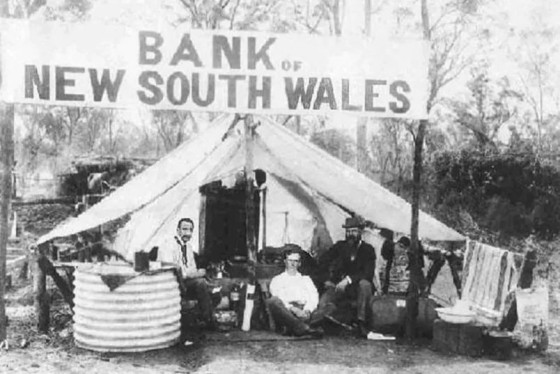The year was 1816, and Australia was divided into different British colonies. The colonies traded with each other and foreign merchants under a barter system. At that time, Australia did not have its own currency, so a lot of foreign currency was circulating within the colonies that would eventually end up abroad. To solve this issue, Governor Macquarie created the Australian dollar, otherwise known as the 'holey dollar.' It was named so because the enterprising Governor cut out a hole in the middle of a foreign coin creating a doughnut-shaped coin unique to Australia. The cut-out centerpiece was called the dump and was worth one-quarter of a 'holey dollar. However, Australia's monetary problems would not go away so quickly. The country was desperately in need of its own banking system, so the Bank of New South Wales (BNSW) was established in 1817. It was the first bank to start operating in the outback under the aegis of Governor Lachlan Macquarie, and was the predecessor to today's Westpac Banking Corporation.
It was only in 1850 that the bank of New South Wales was officially recognized by an act of the New South Wales parliament. After the passage of this historic act, the bank quickly opened multiple branches in different parts of the colony. The timing could not have been any better. In 1851, one year after the bank was allowed to open more branches, the gold rush struck Australia, and miners needed the bank more than ever to safely deposit their newfound wealth.
Transporting gold and cash from one branch to another was risky as bandits, highway robbers, and bushrangers were a constant threat. So, in a way, the team at the bank of New South Wales were truly pioneers, bringing banking services to the remotest and wildest corners of the colony.
In the following years, the bank established branches in other parts of the country.





